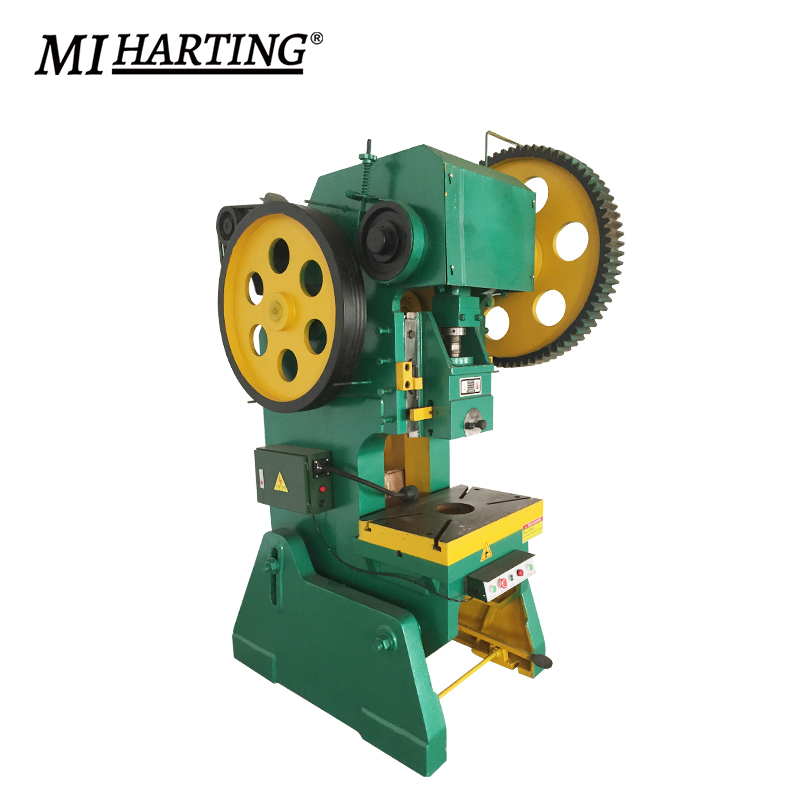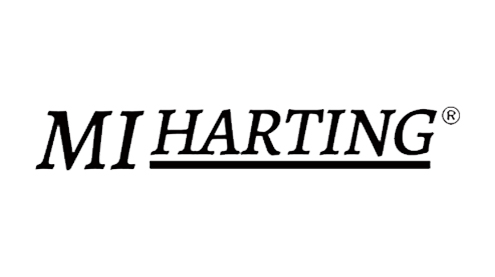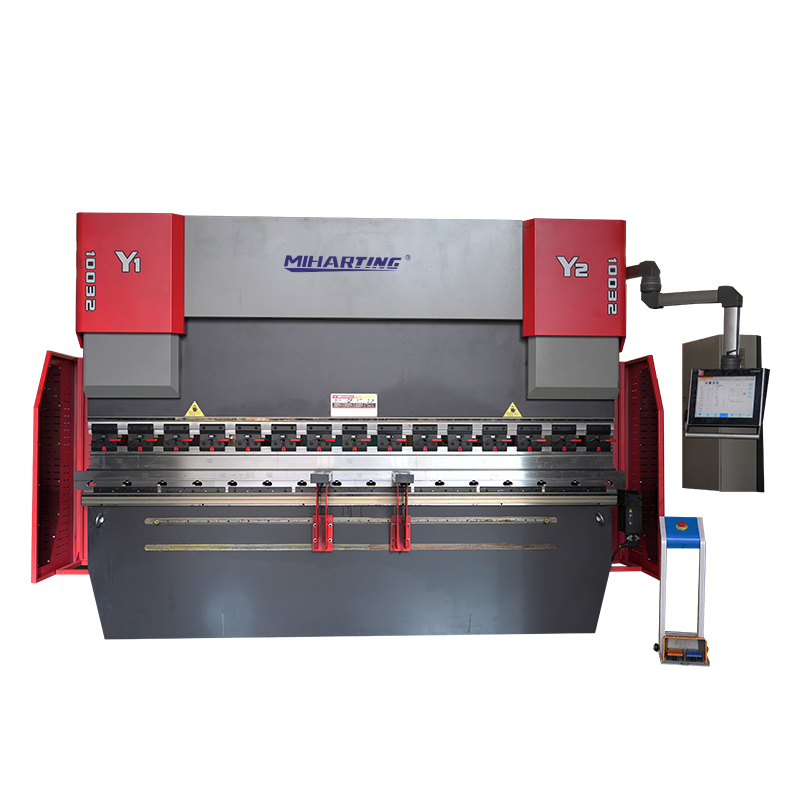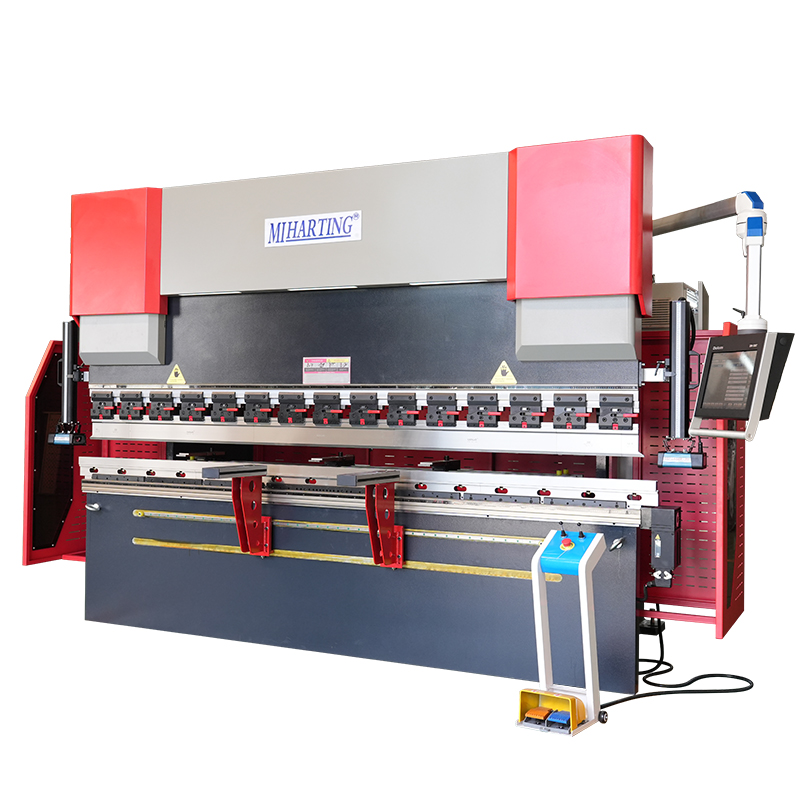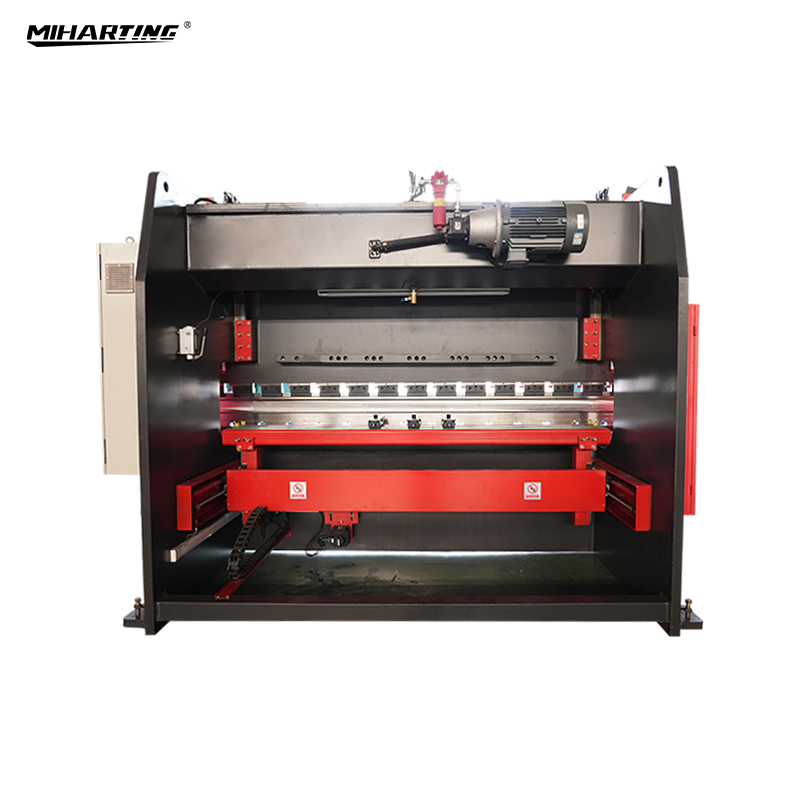In industrial production, the power press is a key piece of equipment widely used in metalworking, stamping, and forming. It applies pressure to workpieces to shape, cut, or process them. Choosing the right power press directly affects production efficiency, product quality, and overall operational costs. This article will analyze several factors to consider when selecting the most suitable power press for your needs.
1. Workload Requirements
When selecting a power press, the first factor to consider is the required workload, typically measured in tons, which indicates the maximum pressure power press can apply. The required tonnage should be based on the material type, thickness, size, and process requirements of the workpieces. For example, thinner metal sheets may only require a few tons of pressure, while thicker steel or other hard materials may need higher tonnage.
Additionally, the required tonnage should also take into account the production batch size and the complexity of the process. For mass production, higher tonnage and faster operation speeds are often necessary, while low-volume, complex processes may require lower tonnage and higher precision.
2. Type of Power Press
The type of power press chosen directly affects its applicability and efficiency. The most common types include:
-
Single-column Power Press: Suitable for lighter, simpler operations, typically used for single-stage or basic stamping tasks. It has a simple structure and occupies less space, but has lower load-bearing capacity, making it suitable for small-batch production.
-
Double-column Power Press: Suitable for heavier loads and higher precision tasks, capable of performing complex operations. The double-column structure offers greater stability, making it ideal for mass production and multi-stage operations.
-
Frame-type Power Press: This type of press is versatile and typically used for high-precision and complex processing tasks. The frame structure allows it to withstand higher pressures, making it suitable for stamping, forming, and precision processing tasks.
Choosing the appropriate type based on production needs, process complexity, and load capacity will significantly improve production efficiency and reduce costs.
3. Operation Speed
Operation speed is crucial to production efficiency. When selecting a power press, it's important to consider whether its operational speed can meet the production requirements. Operational speed typically includes both the pressing speed and return speed. Higher speeds are ideal for mass production, while lower speeds may be required for precision processing or tasks with more intricate operations.
Additionally, the operation speed is often related to the press's tonnage. Larger tonnage presses usually operate at lower speeds. Therefore, it’s important to balance workload requirements and speed to optimize production efficiency.
4. Sistema de control
Automated power presses typically come with digital control systems or CNC (Computer Numerical Control) systems, which are essential for improving processing precision and automation. Intelligent control systems allow for precise control, automatic adjustment of operational parameters to suit different processes, reducing human intervention and increasing efficiency.
When choosing a power press, consider whether the machine includes a CNC system or a PLC (Programmable Logic Controller) system. For more complex processing tasks, a CNC system power press can provide higher flexibility and accuracy.
5. Seguridad
Safety is a critical consideration when selecting a power press. The high pressures and forces involved in power press operations necessitate the inclusion of safety devices. Common safety features include emergency stop buttons, limit switches, safety light curtains, and protective doors, ensuring operators are adequately protected during operation.
Before purchasing, ensure the equipment meets relevant safety standards and that the manufacturer provides comprehensive safety features to prevent accidents.
6. Energy Efficiency and Cost
With rising energy costs, energy efficiency has become an important factor in selecting a power press. Energy-efficient presses can reduce energy consumption during production and lower operating costs. When selecting, look for models that offer lower energy consumption while still meeting performance requirements.
Additionally, maintenance costs should also be considered. The ease of maintenance and the replacement cycle for parts will directly impact the long-term operational costs. Choose a press that is easy to maintain and offers readily available parts to reduce long-term costs.
7. Brand and After-Sales Service
Finally, selecting the right brand and manufacturer is crucial. Well-known power press brands usually offer higher-quality equipment and better after-sales service. Choosing a manufacturer with excellent after-sales support ensures that equipment quality is reliable and that technical support is available in case of issues, minimizing downtime and improving production efficiency.
Before purchasing, inquire about the manufacturer's after-sales services, such as warranty periods, spare parts replacement, and maintenance support, to ensure a hassle-free experience in the long term.
Conclusión
Choosing the right power press involves more than just selecting the equipment itself. It requires considering the production process requirements, improving production efficiency, and facilitating future maintenance. By considering factors such as workload, type of power press, operation speed, control systems, safety, energy efficiency, and after-sales service, you can select the most suitable power press for your needs, improving production efficiency, reducing costs, and ensuring processing precision.
Miharting Power Press Punching Machine
Miharting power press punching machine is designed for various cold stamping processes, such as blanking, punching, forming, bending, and shallow drawing. It is widely used in industries like electrical appliances, vehicles, mining machinery, and hardware tools. The machine features a rigid steel plate welded body, vertical crankshaft, and electrically adjustable mold height with digital display. It includes a combined pneumatic friction clutch-brake, safety overload device, and lifting balance cylinder for slider stability. It also has sensitive double valve control, ensuring safety, and is equipped with PLC control, hydraulic overload protection, and forced grease lubrication. Optional features include an air cushion, light curtain, and automotive device.

